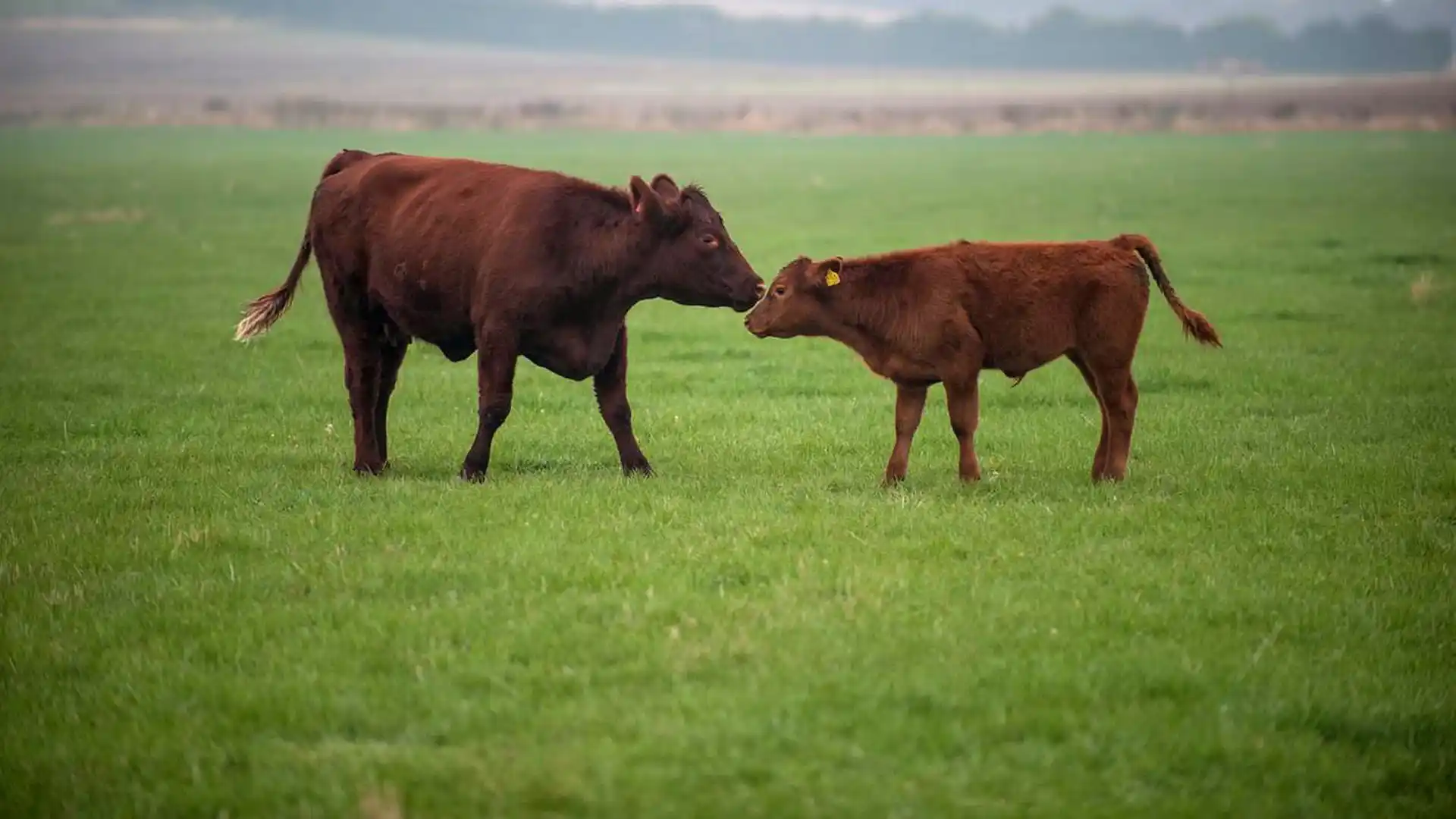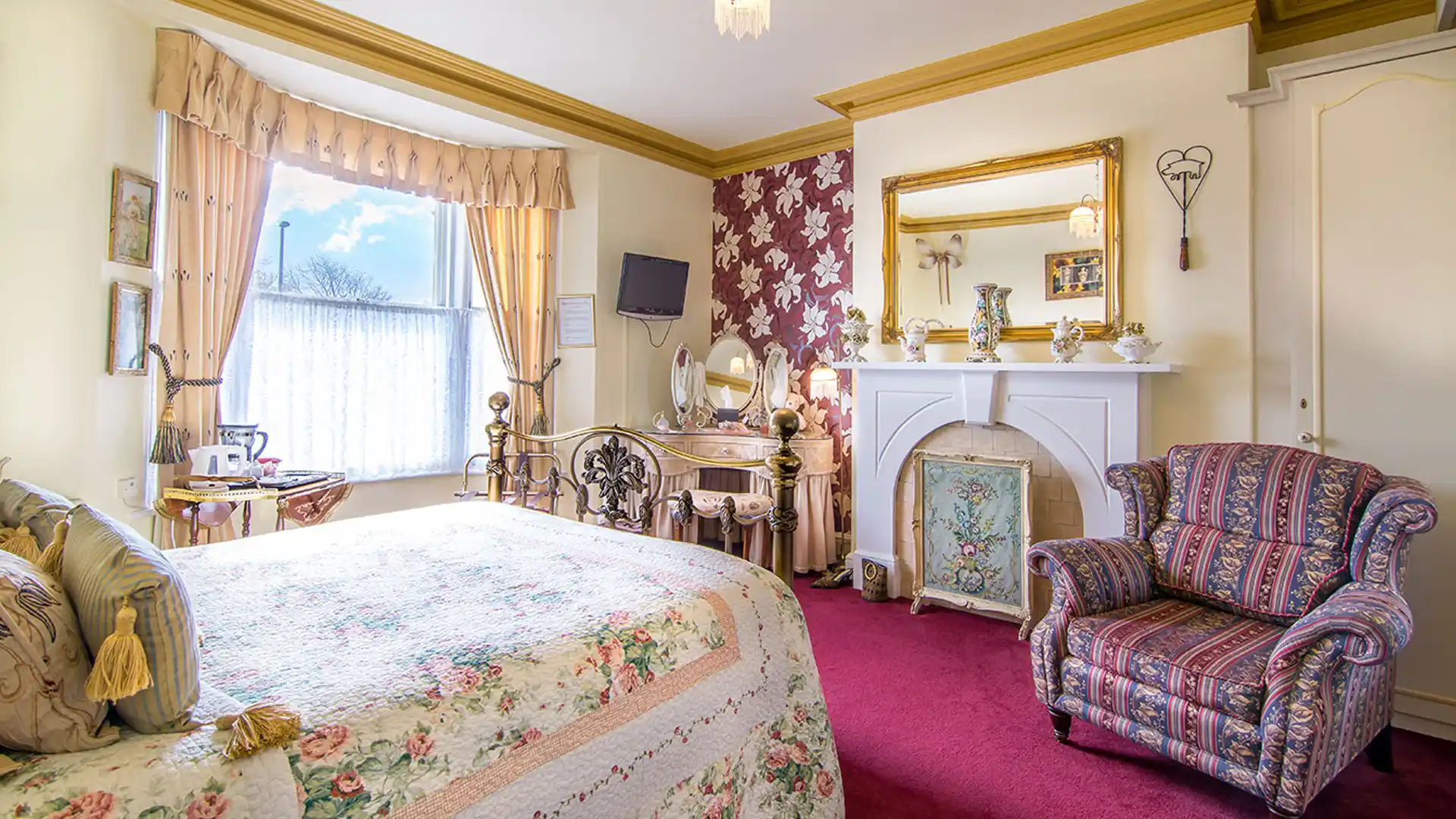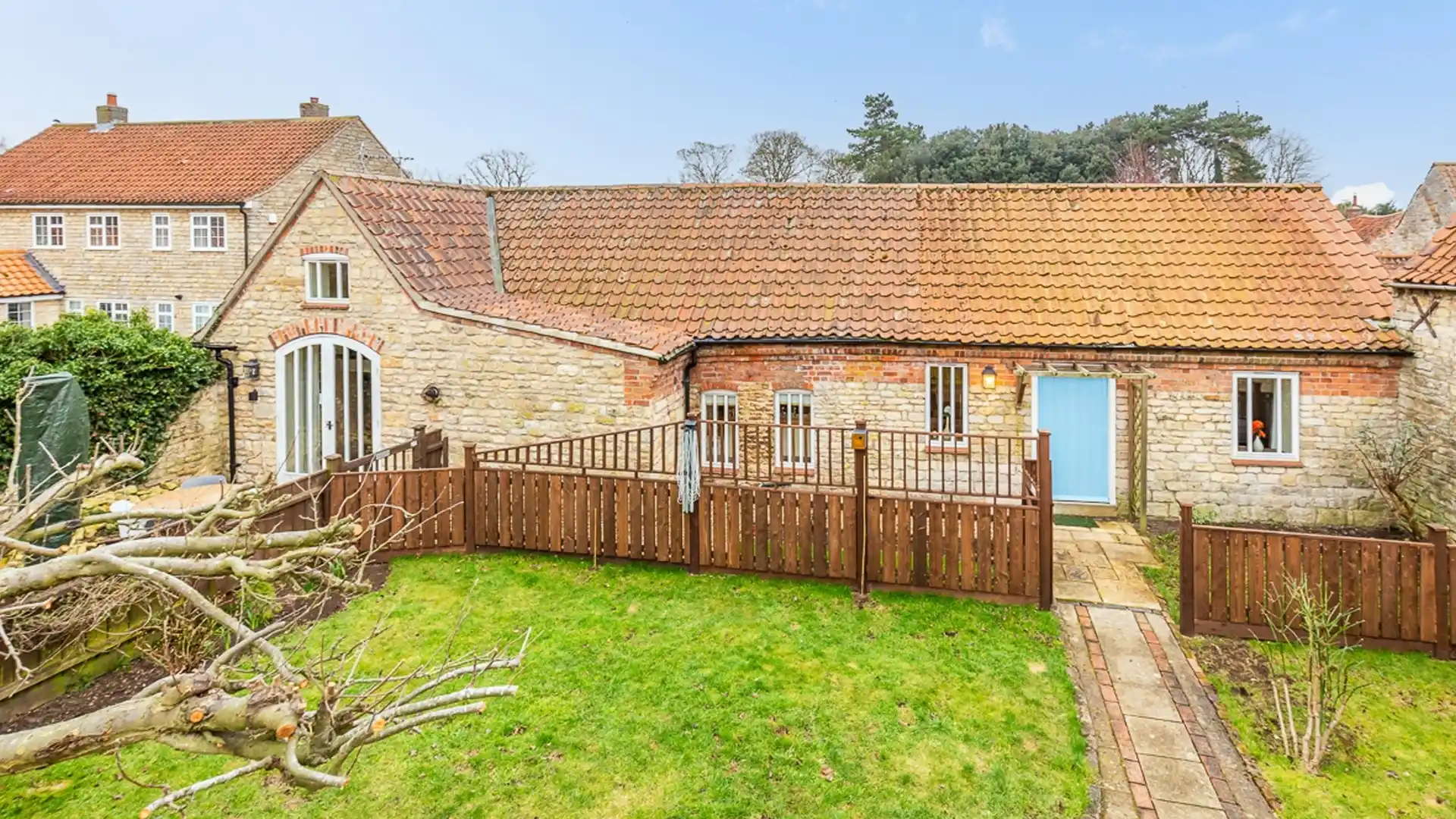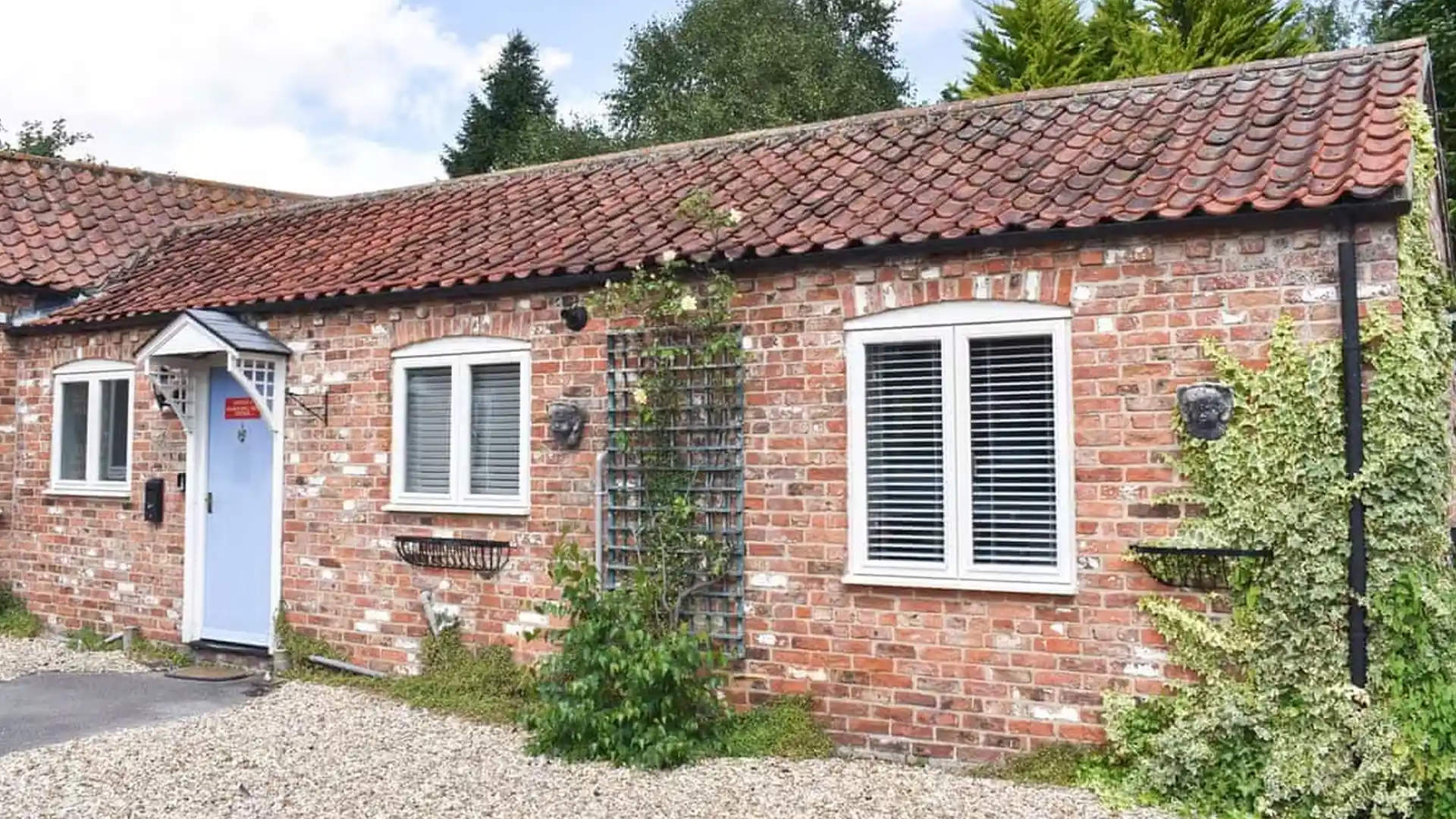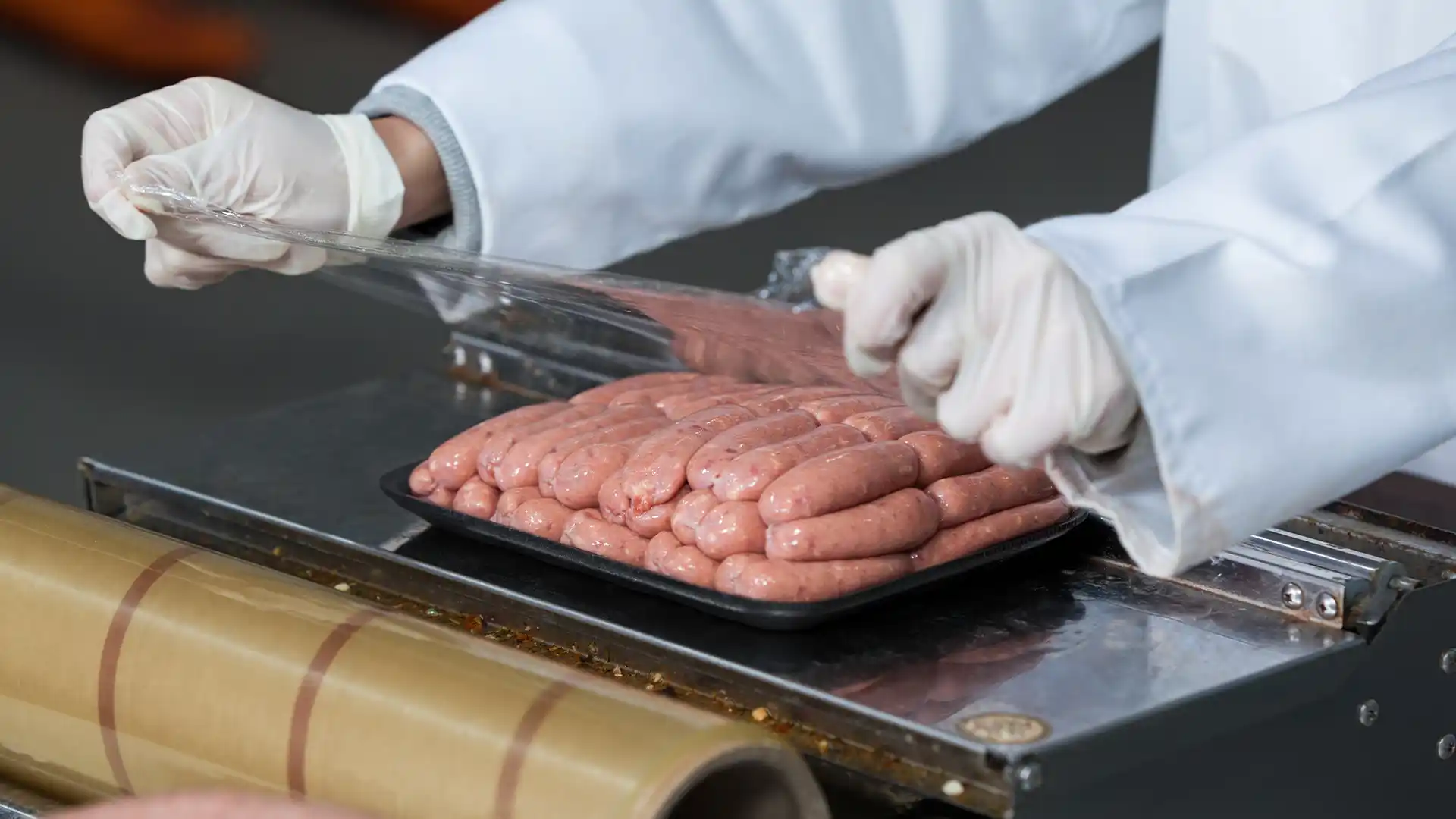Lincolnshire has a long and integrated association with food. Because of the large areas of arable land, the country is known for its horticultural and agricultural industries, producing one eighth of the UK’s food each year.
Lincolnshire also produces a range of distinctive foods made from local ingredients, as well as products made from local wool and animals from recognised breeding stock.
Lincoln Red Cattle
One of the oldest native breeds in the UK, it is thought that the cattle were first brought to the island by Viking invaders.
The distinctive russet red coat of the cow gives it its name and they are used for meat, dairy and as calving suckler cows. The strong maternal instinct of the cows, a high milk supply and their docile nature makes the females perfect for suckling calves when demand is high.
The Lincoln Red is a hardy animal with strong legs and sturdy feet that makes it ideally suited to the rolling hills and ranges of the Lincolnshire countryside.
Lincolnshire Curly-Coat
Because of their robust nature, many Curly-Coat pigs were exported to Austria and Hungry as they could survive the tough winters there. While they were there, the pigs were bred with a local breed that was similar in shape and even had a curly-coat of its own! The new cross-breed was named ‘Lincolista’ in honour of its origins.
When the native Lincolnshire species became extinct in the UK in the 1970s, this variant of the curly-coat was imported back from Hungary as a replacement. Because these pigs had bred with the original Lincolnshire strain they retained the characteristic curly-coat that the breed was famous for.
Also known as the ‘Baston pig’, this breed is tough and adaptable, which means it is ideal for smallholdings. Its meat is often compared to the air-dried Parma Ham due to the slow maturing of the breed.
Lincolnshire Buff
The Lincolnshire Buff breed of chicken is said to have originated when local breeds were crossed with the exotic Shanghai Buff.
The distinctive rusty to ginger colouring, bright orange eyes and prominent red comb on the cockerels gives the Lincolnshire Buff a very unique and appealing look.
The breed very nearly went extinct in the 1980s but was brought back from the brink by a local Lincolnshire breeder, Brian Sands.
The Lincolnshire Buff breed is popular with farmers and egg producers as the hens lay large eggs late into the season and have a strong brooding instinct which helps their chicks grow up healthy and happy. Their docile temperament also makes them ideal pets as well if you are looking for an egg-layer to raise yourself.
Lincoln Longwool Sheep
The official Longwool Association was set up in 1892 in order to preserve and protect this local Lincolnshire breed.
The Lincolnshire Longwool is the largest of the UK’s native sheep breeds and is used for both meat and wool.
The instantly recognisable long wool coat of this animal makes it ideal for wool production, with each sheep producing around 20lbs of wool per year. The versatile fleece is used in knitting, crafts and was even used to create a very unique wedding dress!
Rosecomb Bantam
Not much is known about the origins of this breed except that records show they were owned by a man living in Grantham. From this, the Rosecomb has always been thought of as a native Lincolnshire breed. It became particularly popular during King Richard III’s reign when the king purchased several birds for himself.
The Rosecomb Bantam is a very striking bird to look at, with the most recognisable colouring being sleek black plumage with a distinctive red and white face. There are other colouring available within the breed, such as pure white, blue, grey and white and a stunning copper colouration with deep green tail feathers.
They are not suitable for eating but are good egg-layers if given the proper care and nesting requirements.
If you want to find out more about the local Lincolnshire breeds, you can visit the Lincolnshire Wolds and venture along to the Church Farm Museum to see exhibits and real-life antiques from farming history.

